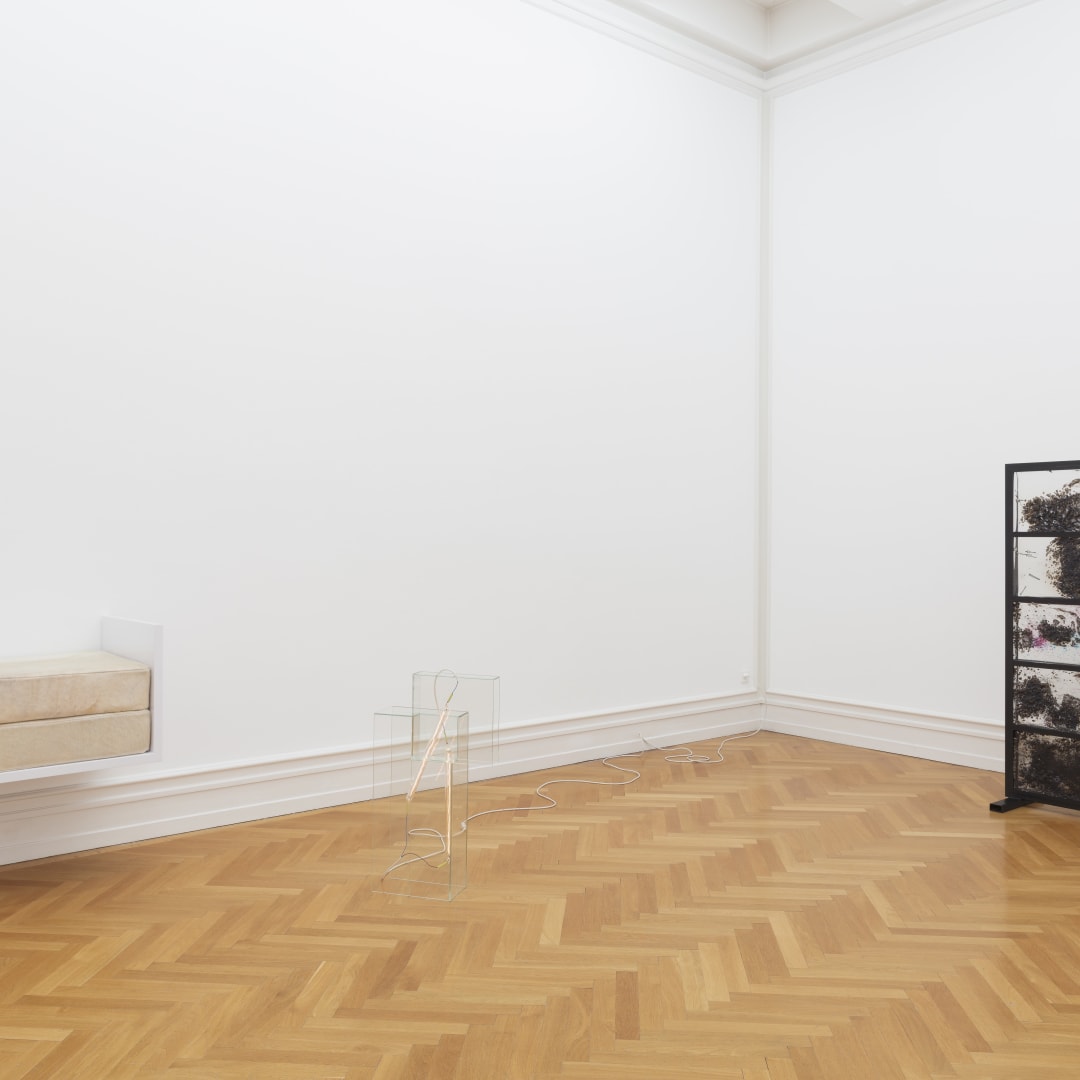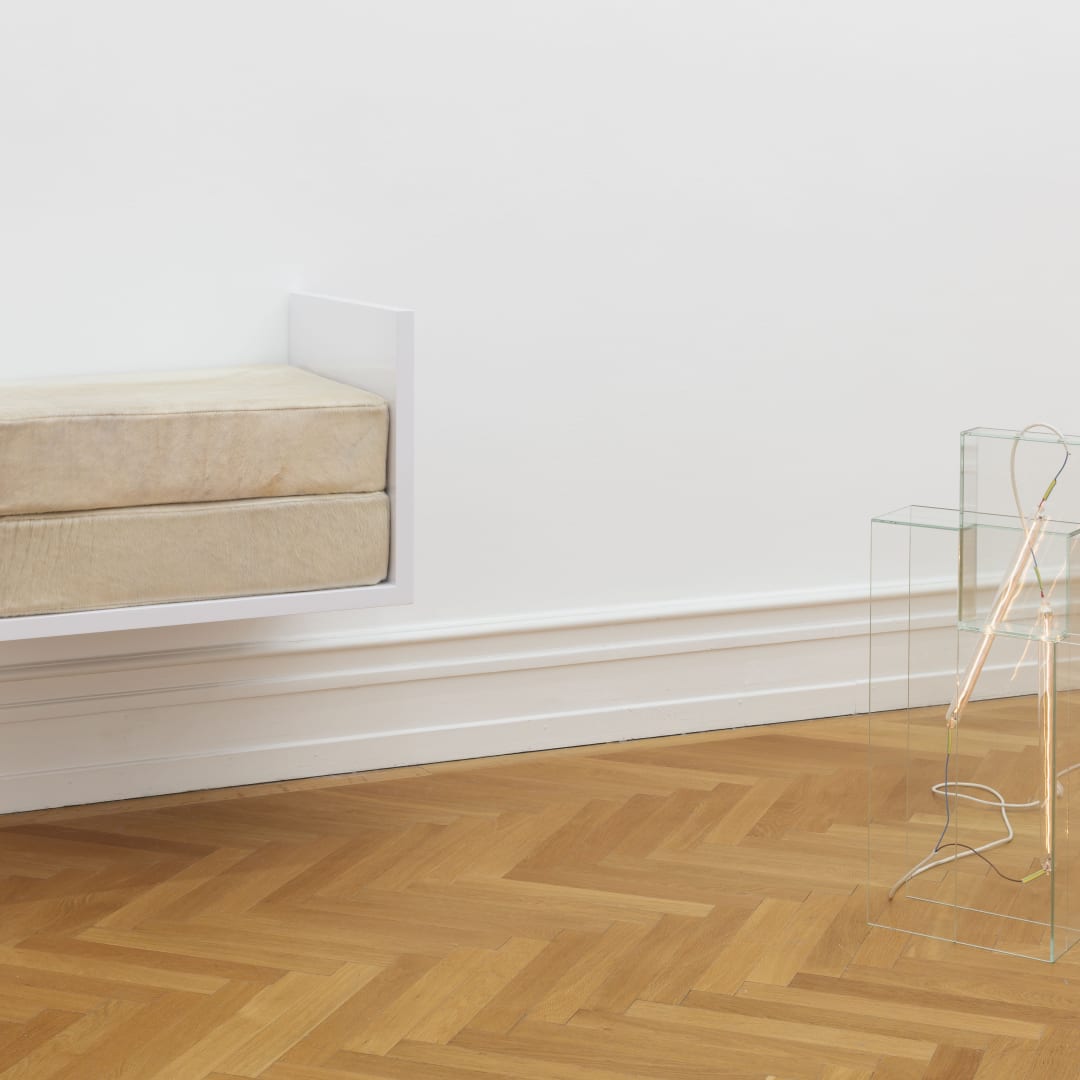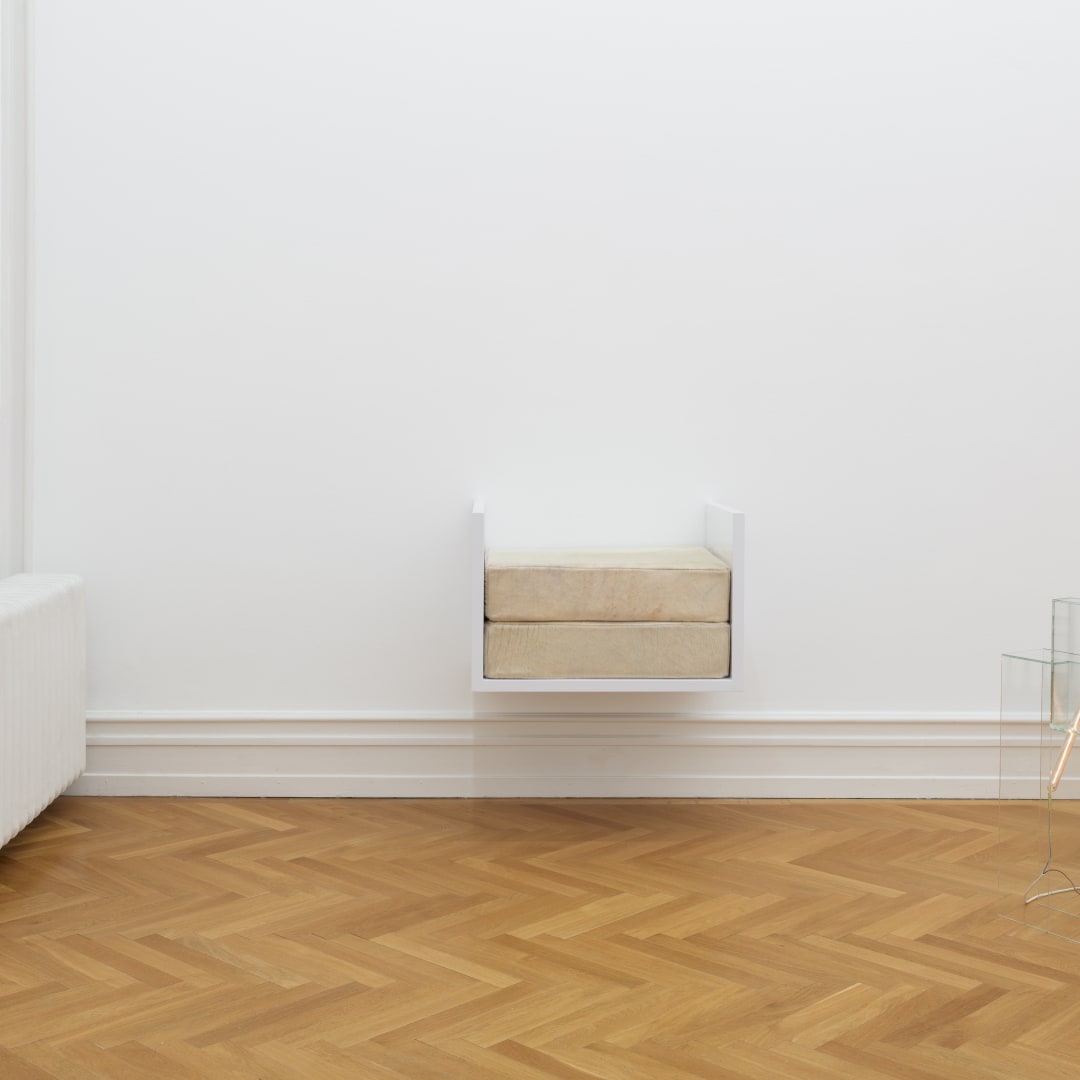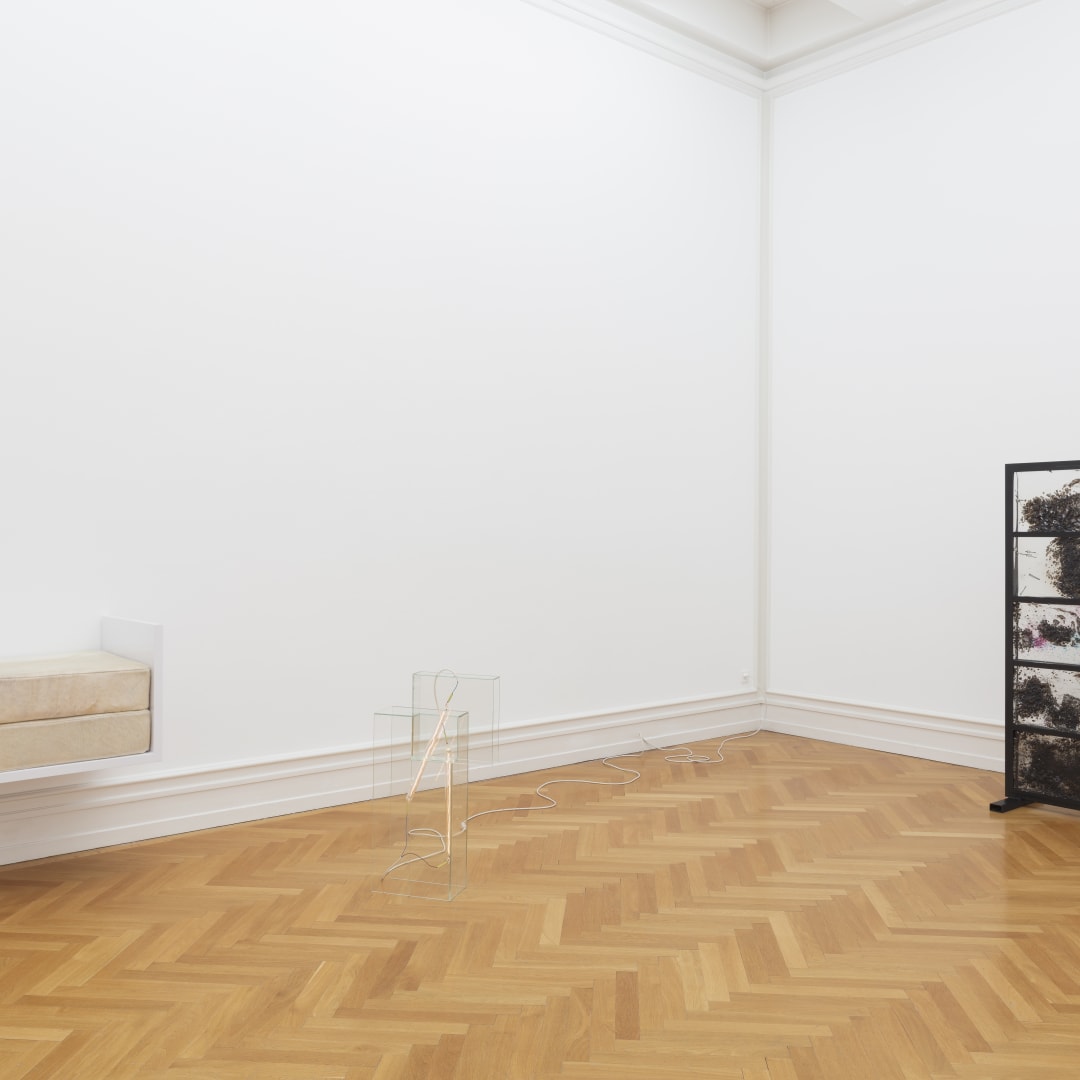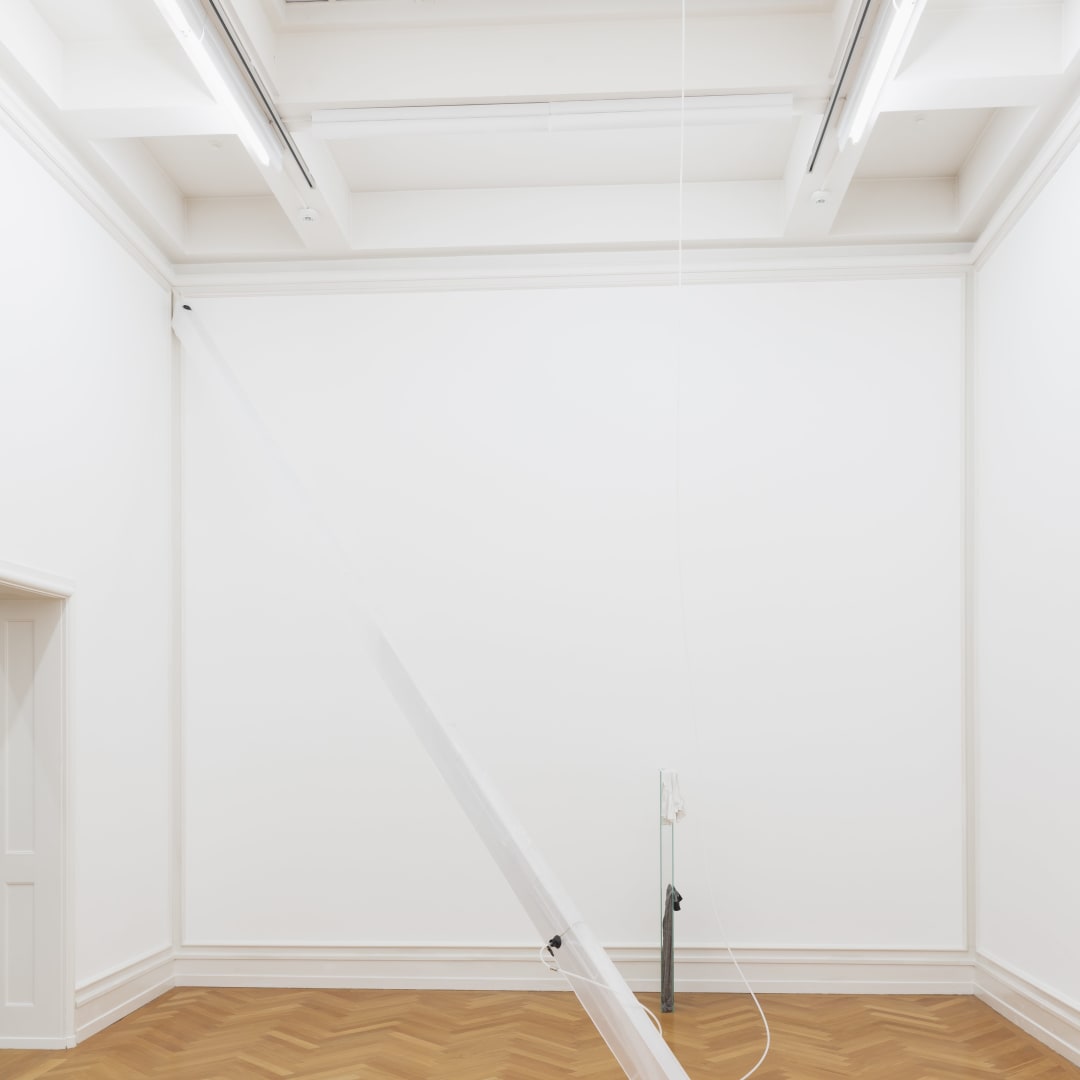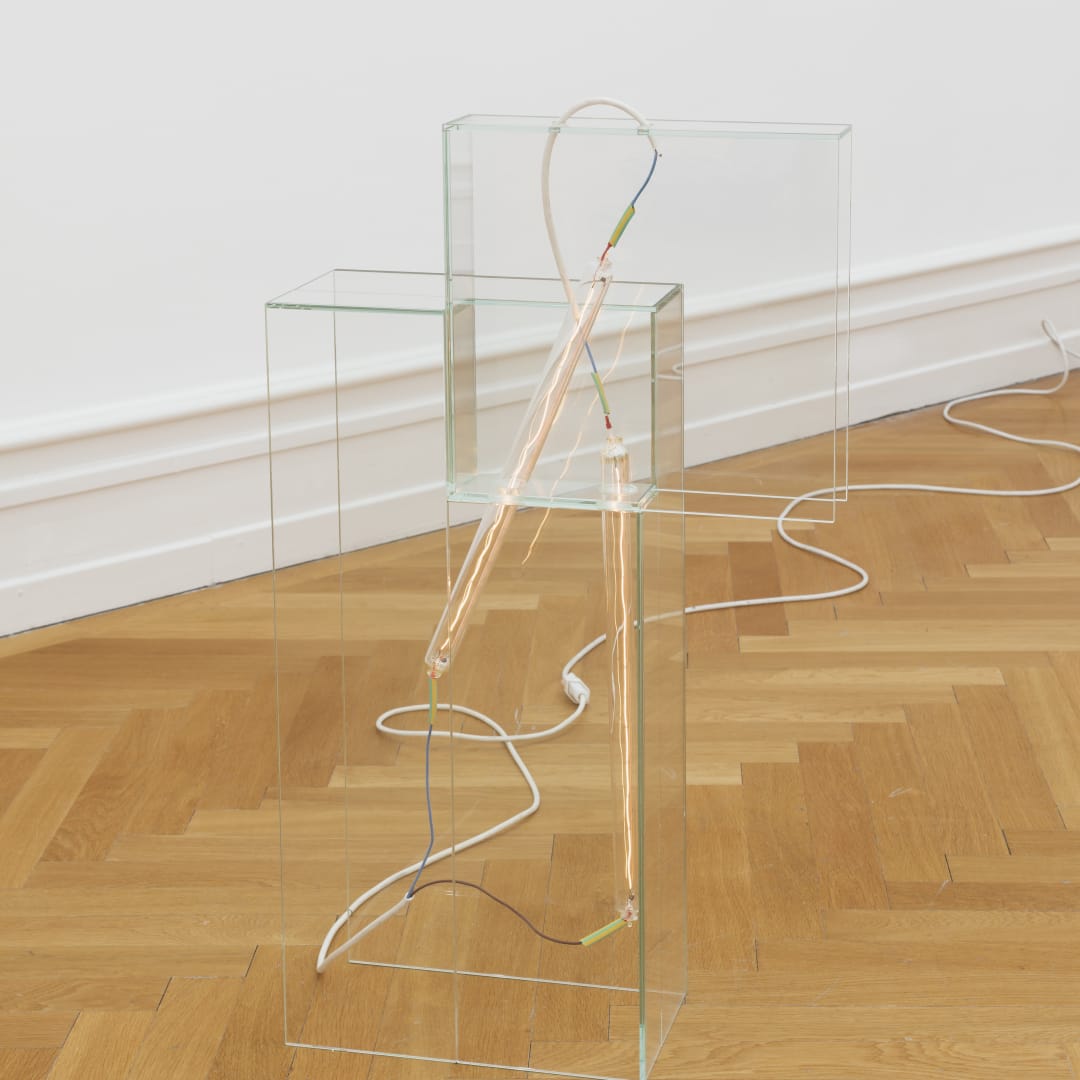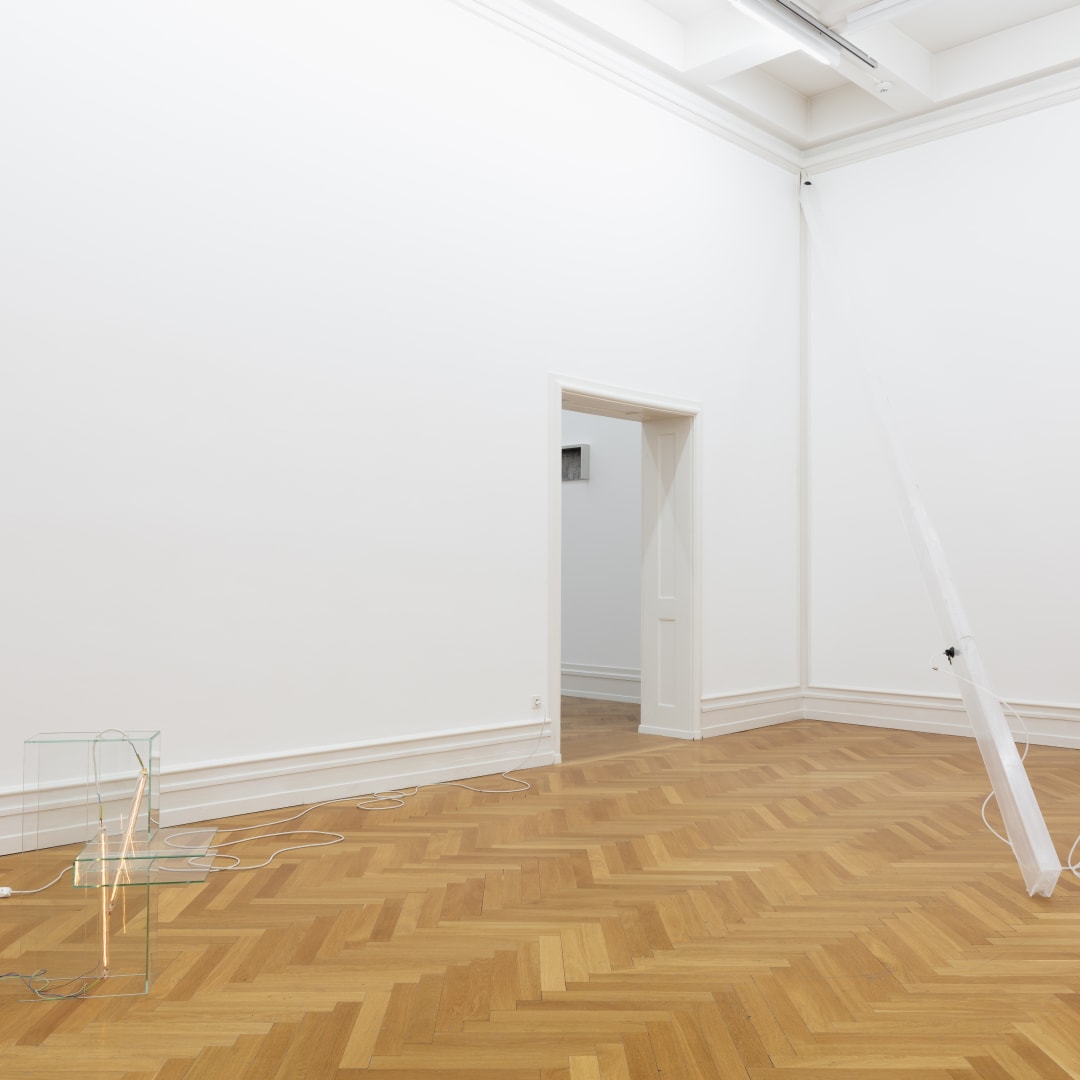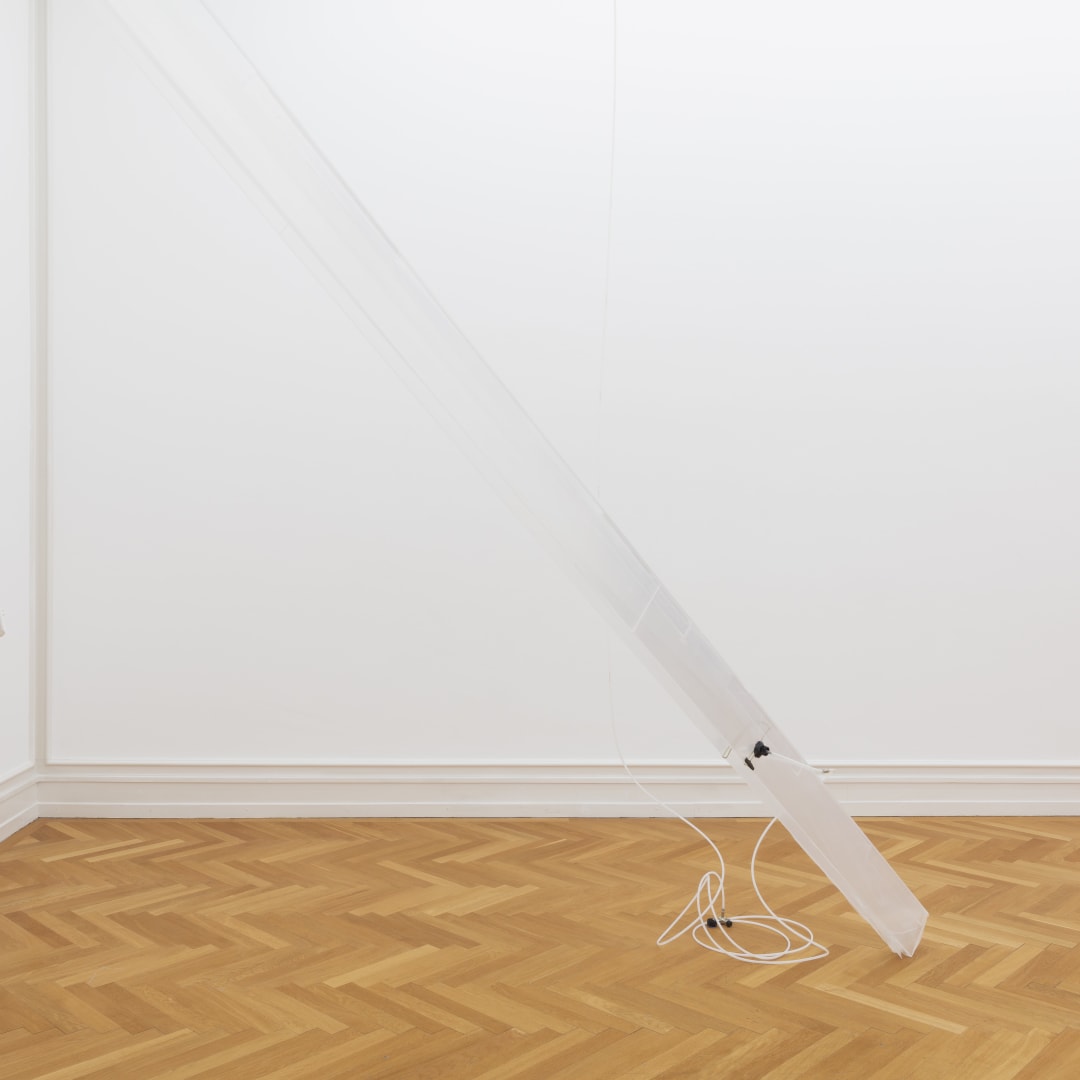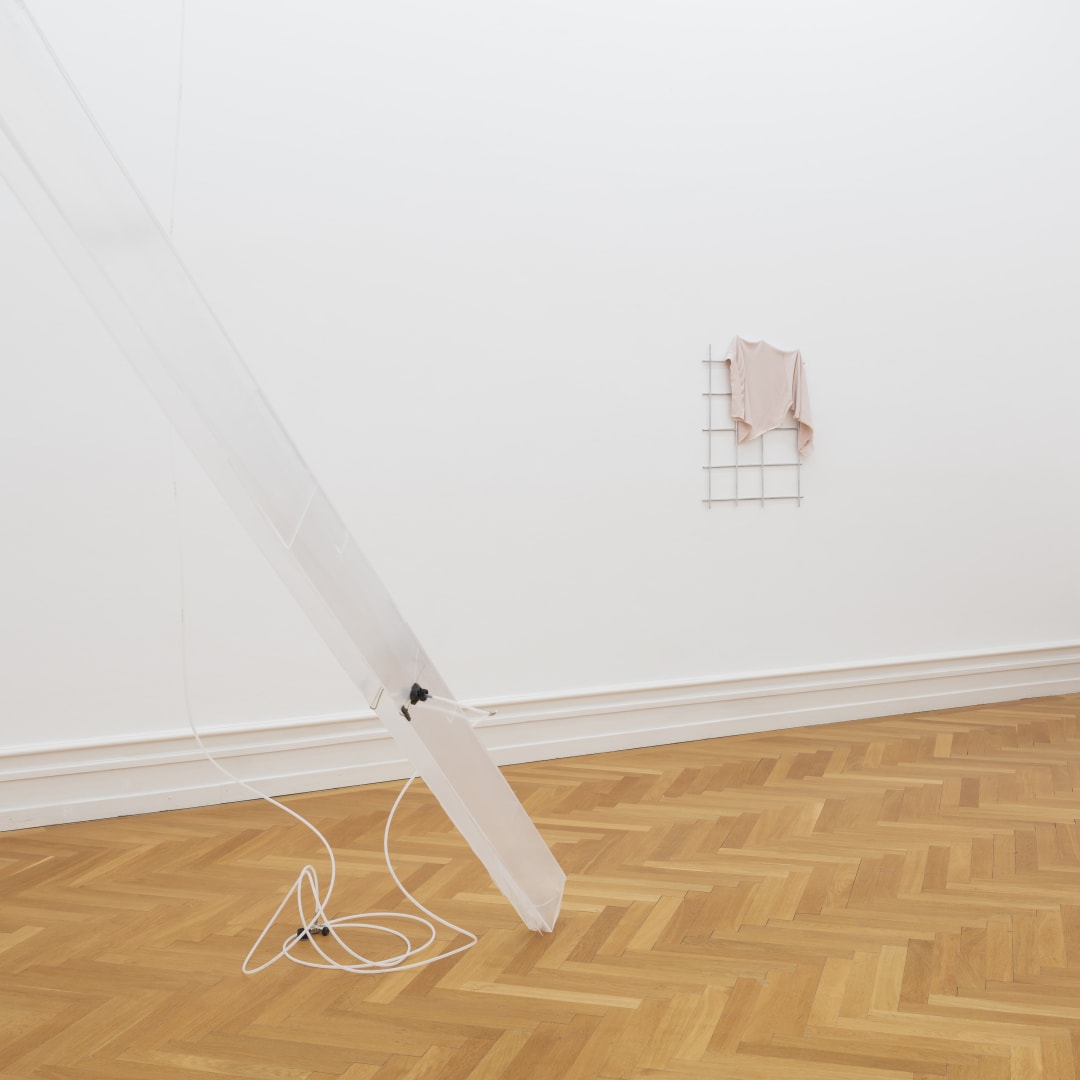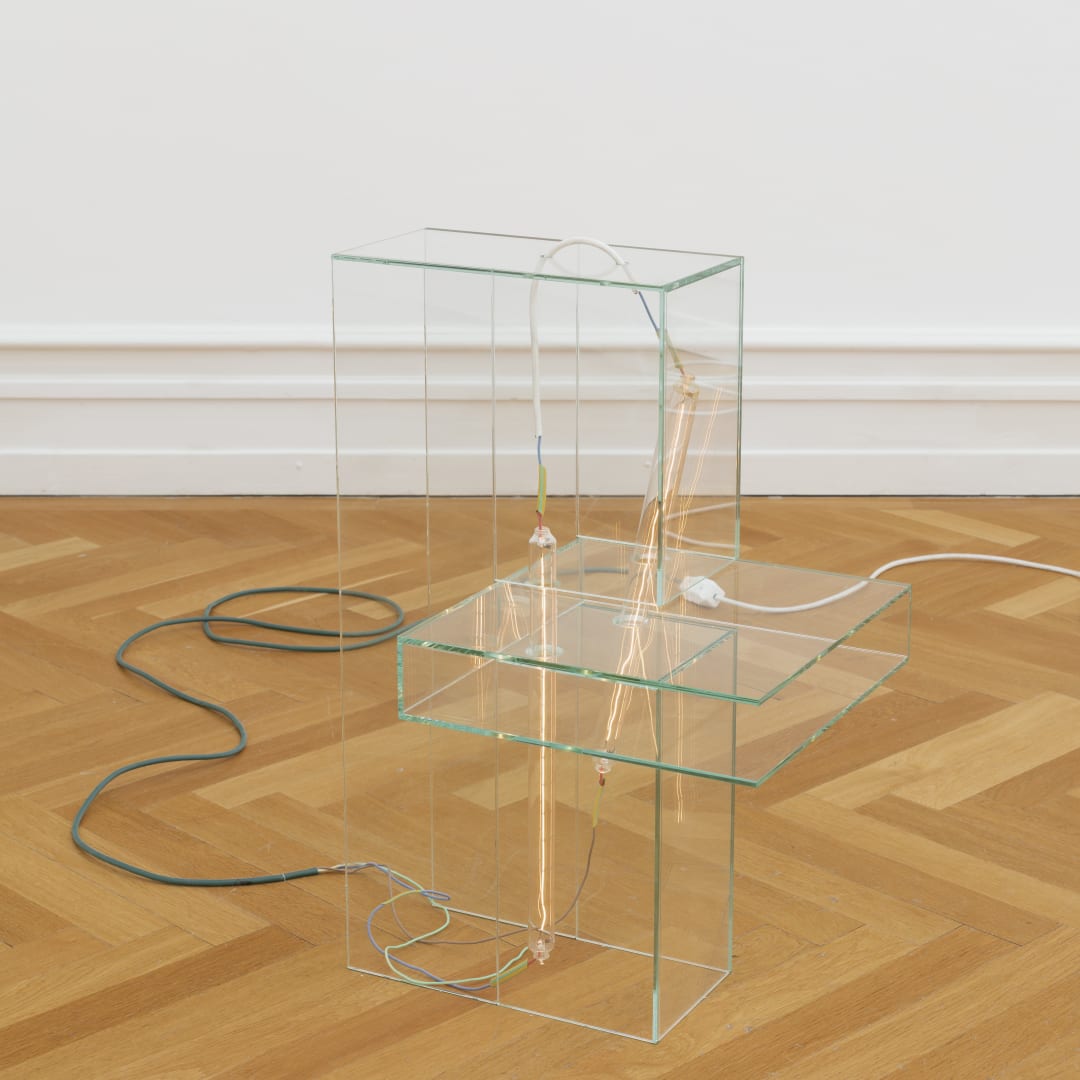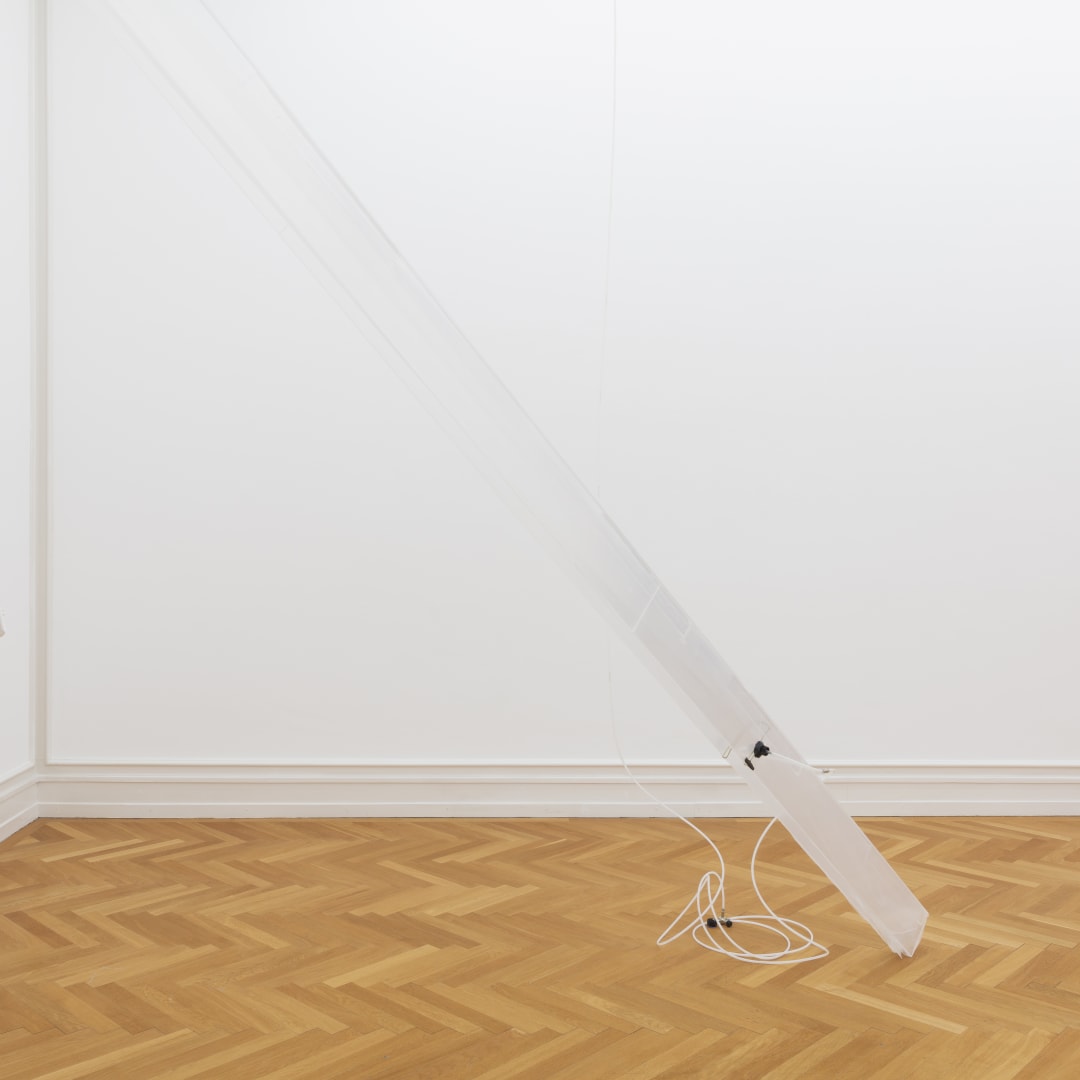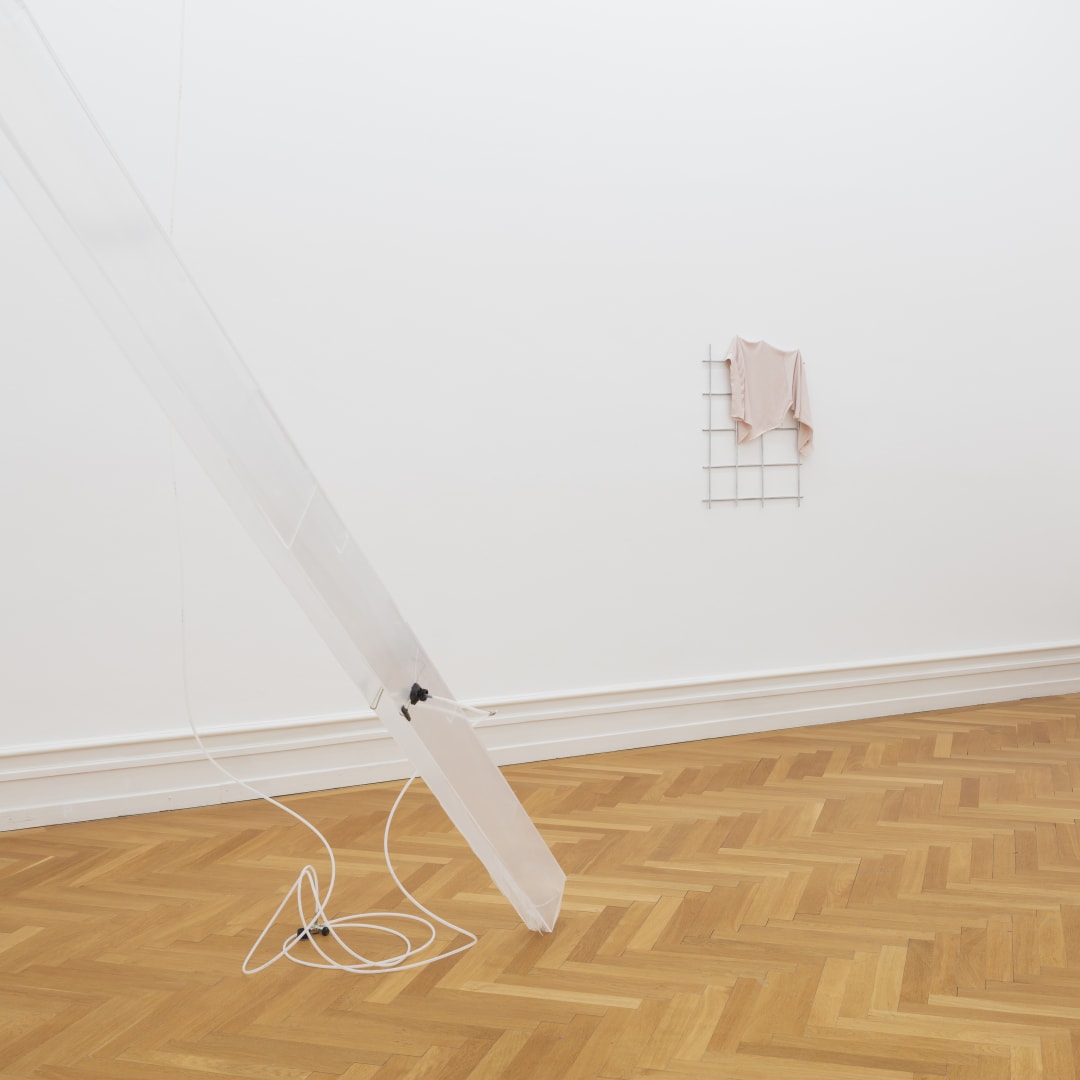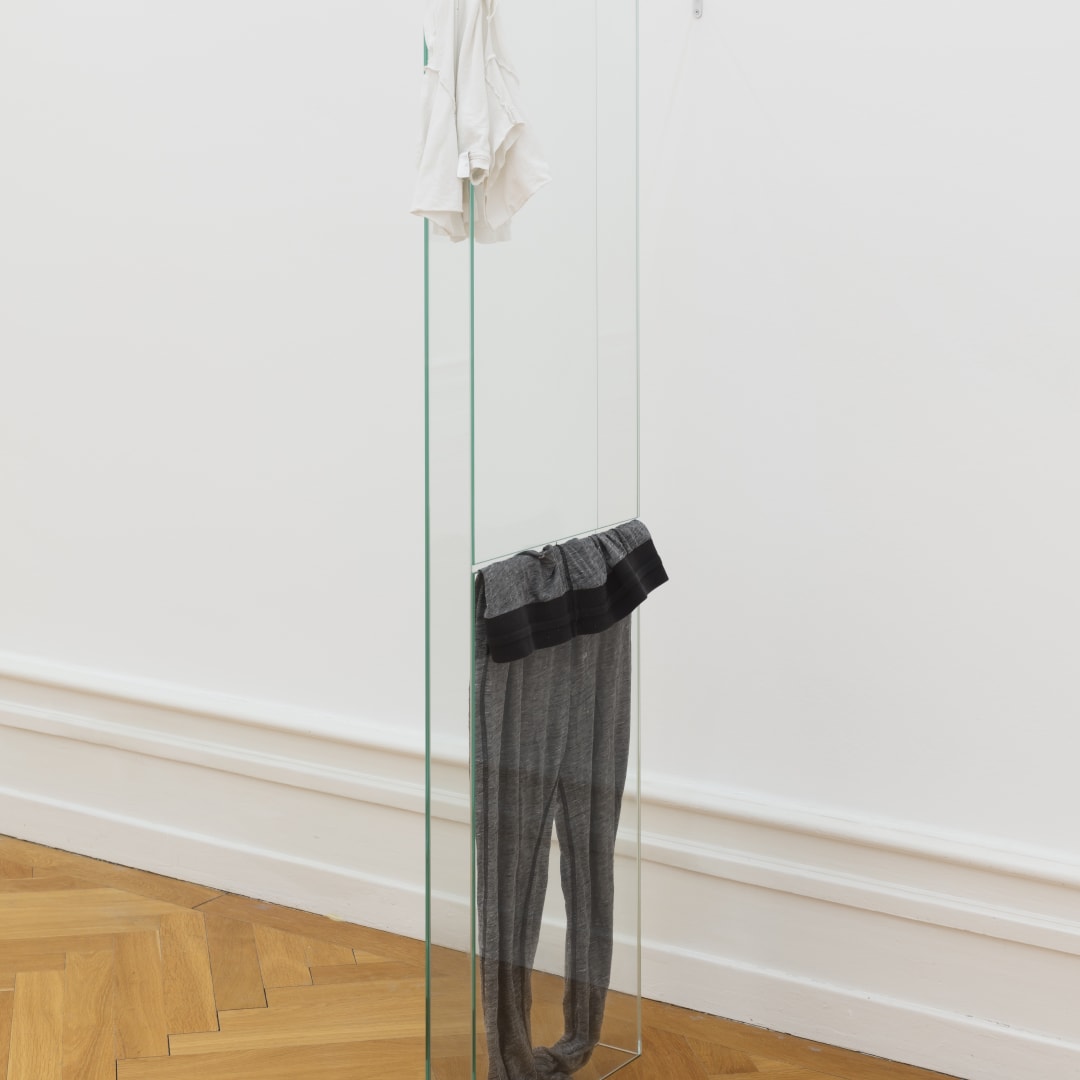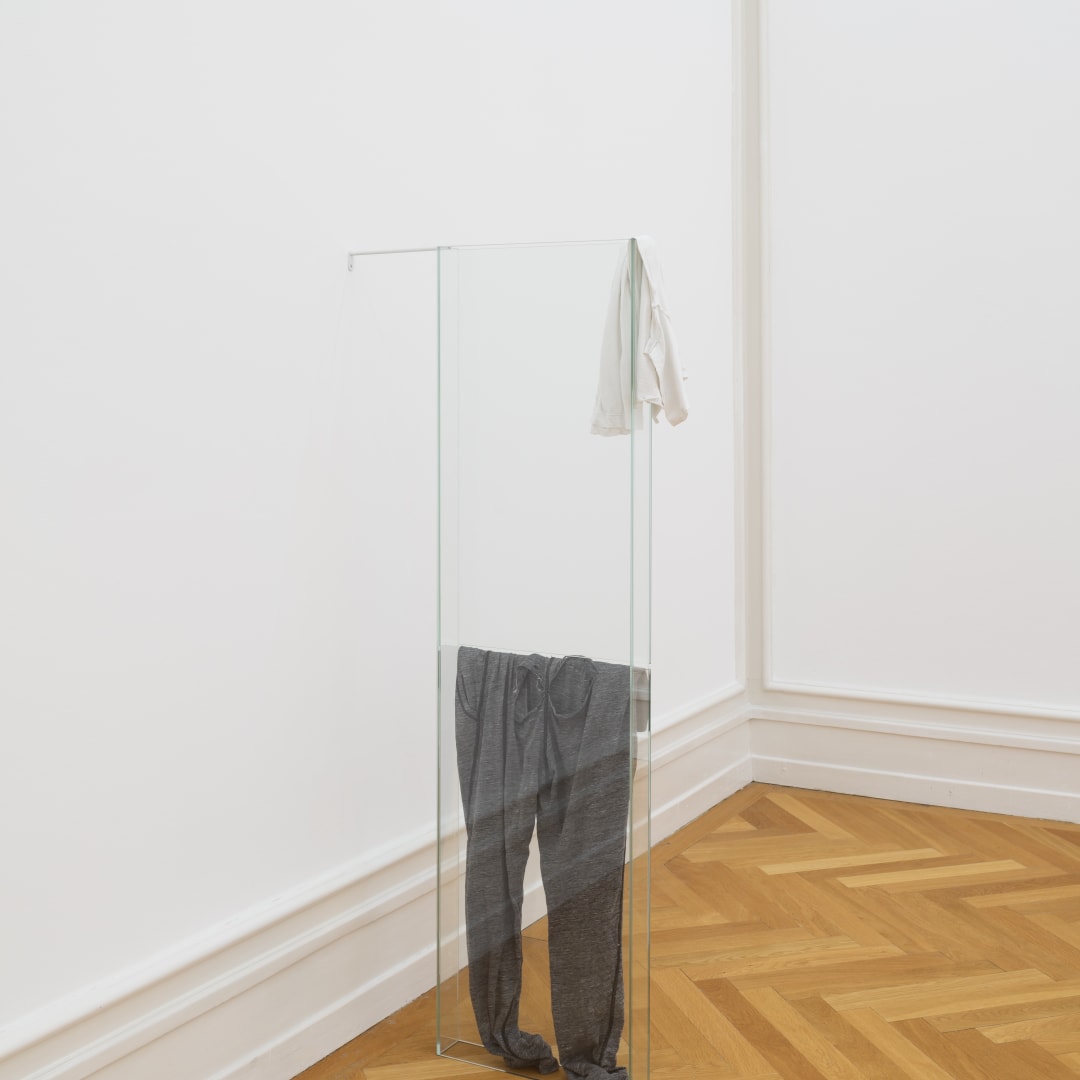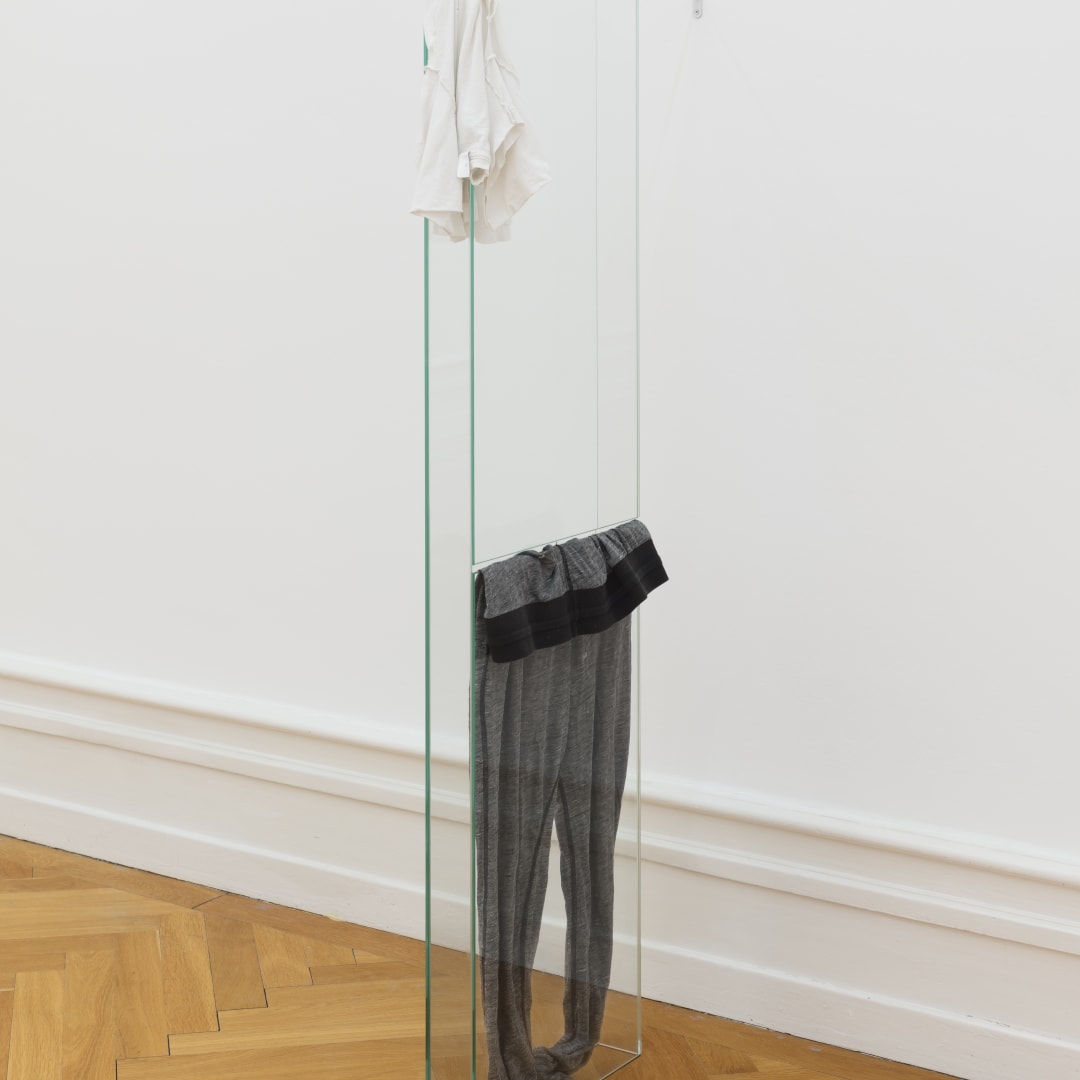Die Zelle
group show
February 24 - May 6, 2018
Each room of the Kunsthalle Bern is characterized by its own atmosphere, produced by size, incidence of light and interior design details. The architecture is not based on the functionalism of the Bauhaus (1919), founded one year after its opening (1918). Even the parquet floor and the ornamental ceiling exude an elegance that does not correspond to the Bauhaus plan to eradicate everything bourgeois, and to which unadornment was considered the new creed. Not quite "non-bourgeois," the Kunsthalle is more indebted to the 19th century, when exhibition spaces were still focused on subdivision and measurement. Appearing like a temple from the outside, the building harbors an almost homely comfort inside. While today any decor is frowned upon in exhibition spaces, in the early years of the Kunsthalle it was still widely customary to place a Persian rug, table and chairs or upholstered seating in the middle of an exhibition so that visitors could make themselves a little more comfortable. Nevertheless, the rooms have always been white cells (Brian O'Doherty), a place of separation in which visitors enter a world other than that of the street. Even if the rooms do not seem "shadowless, clean and artificial," they form the frame that temporarily delimits the world, sanctioning what is shown in it as art and showing realism in a detached form. O'Doherty also refers to the white cell as a ghetto that prepares the state of timelessness, a space of conditions, an attitude, a space without a place, a magic chamber. The white cells of the Kunsthalle Bern, on the other hand, have characteristic signatures, which makes them a place indeed, but also art in potency itself. Moreover, they do not barricade themselves completely, even if connection with the outside is usually only permitted through bars. The exhibition The Cell gathers works with a penchant for furnishings. They are not so much furnishings that furnish apartments, as those that have changed their mission, lost or never even found it and can only be used for white cells. Many works alternate between sculptural object and piece of furniture. They maintain a playful approach between function and functionlessness and sometimes combine with constructivist approaches. Shelves remain empty and show themselves. The little they offer is to be considered. Some artists build their questions in order to be able to work on them. A fundamental question would be what distinguishes a form designed for everyday use from art, and vice versa. What are these minor interventions that turn an everyday object into a minimalist sculpture and what is the difference? It is also an artistic interest in interrelationships between built three-dimensional form, the human body, and the spatial environment. When is a built form right in space and in relation to the body?
It's about fundamental questions of proportions and body-space relationships. How and with what (simple) means can I create an environment that fits what is needed for?
Artists set up and furnish an exhibition. To set up can mean to adjust things, to align them. A chair can also be executed. To set up can mean to judge in court, to condemn, or to make an arrangement that refuses to fit.
Artists
John Armleder, Bianca Baldi, Cosima von Bonin, Manuel Burgener, Tom Burr, Marc Camille Chaimowicz, Beat Feller, Beat Frank, Anita Leisz, Annina Matter / Urs Zahn, Park McArthur, Edit Oderbolz, Vaclav Pozarek, Magali Reus, Nicole Wermers, Joseph Zehrer und Heimo Zobernig
For further information, please visit the website:
https://kunsthalle-bern.ch/-ausstellungen/2018/die-zelle/
